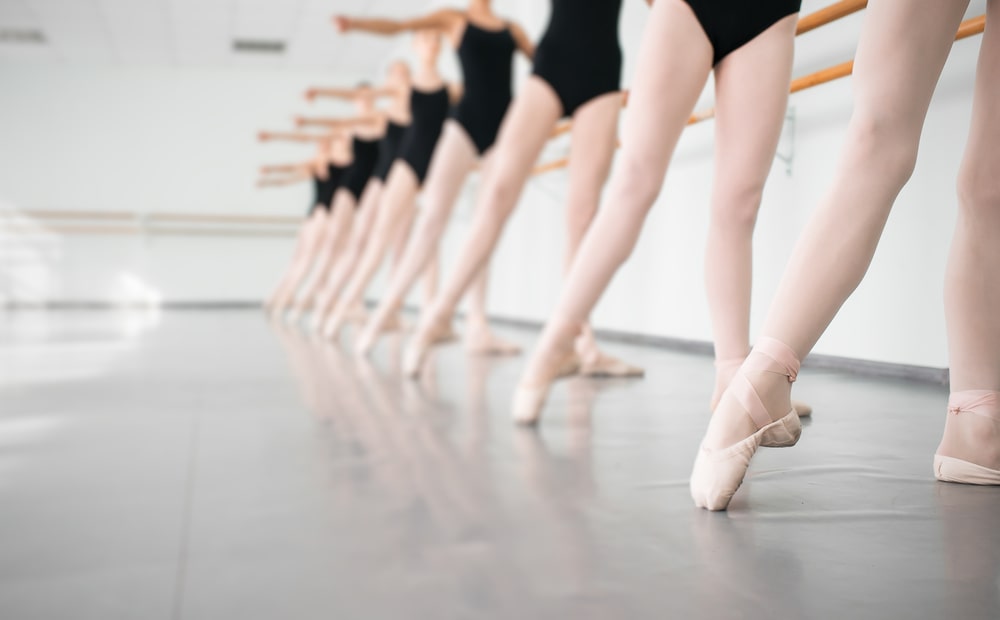Did you know that Prestige offers ballet lessons for children starting at age 2? That’s right, you can start your child early on with recreational ballet classes in SW and SE Calgary. Our RAD-certified ballet classes begin at age 5. That’s not to say, however, that a child starting ballet lessons at a later age is less equipped to succeed. In fact, dance is meant to be enjoyed at every age and our instructors work hard to ensure all of our students receive quality ballet lessons.
Whether you are starting your child at age 2 or age 12, here are some things you can expect with our ballet curriculum.
Starting ballet at a young age
There are many benefits of starting dance lessons at a young age, among them, being positive social interactions, improved cognitive and emotional development, enhanced creativity, and higher confidence for self-expression. Children can take pre-ballet classes that cover basic positions, coordination, and creative movement, making the transition into full ballet classes easier. Naturally, when children start at a young age, they can build the foundation early on, which involves flexibility, conditioning, proper posture, and technique.
Starting ballet at a later age
As a professional dance studio in Calgary, we welcome older children who are interested in starting ballet lessons. Older students can expect to learn the same RAD ballet syllabus that each of our students undergoes.
The main concern for older students is flexibility. Our instructors are trained to help late starters improve their flexibility and muscle strength safely. Students new to ballet will learn basic, foundational movements but will also be challenged to grow and excel.
Each child is assessed individually
At Prestige, we understand that each child is different. Regardless of age, most dance studios assess children individually and offer a recommendation for the appropriate dance class and level. For example, if an older child in a beginner class is picking up movements quickly and mastering their skills, we can make a recommendation to transfer the child to an intermediate class. This approach keeps students challenged, engaged, and thriving in their dance journey.

